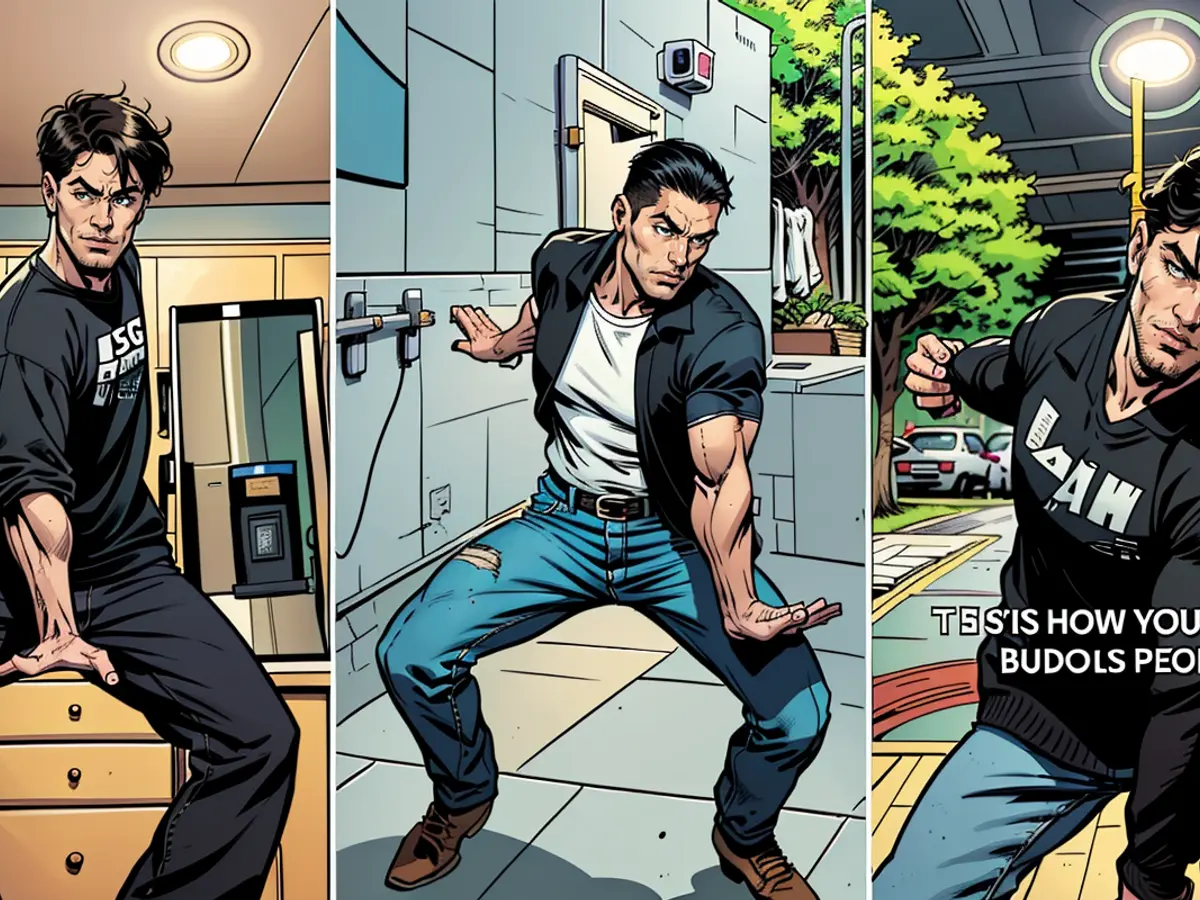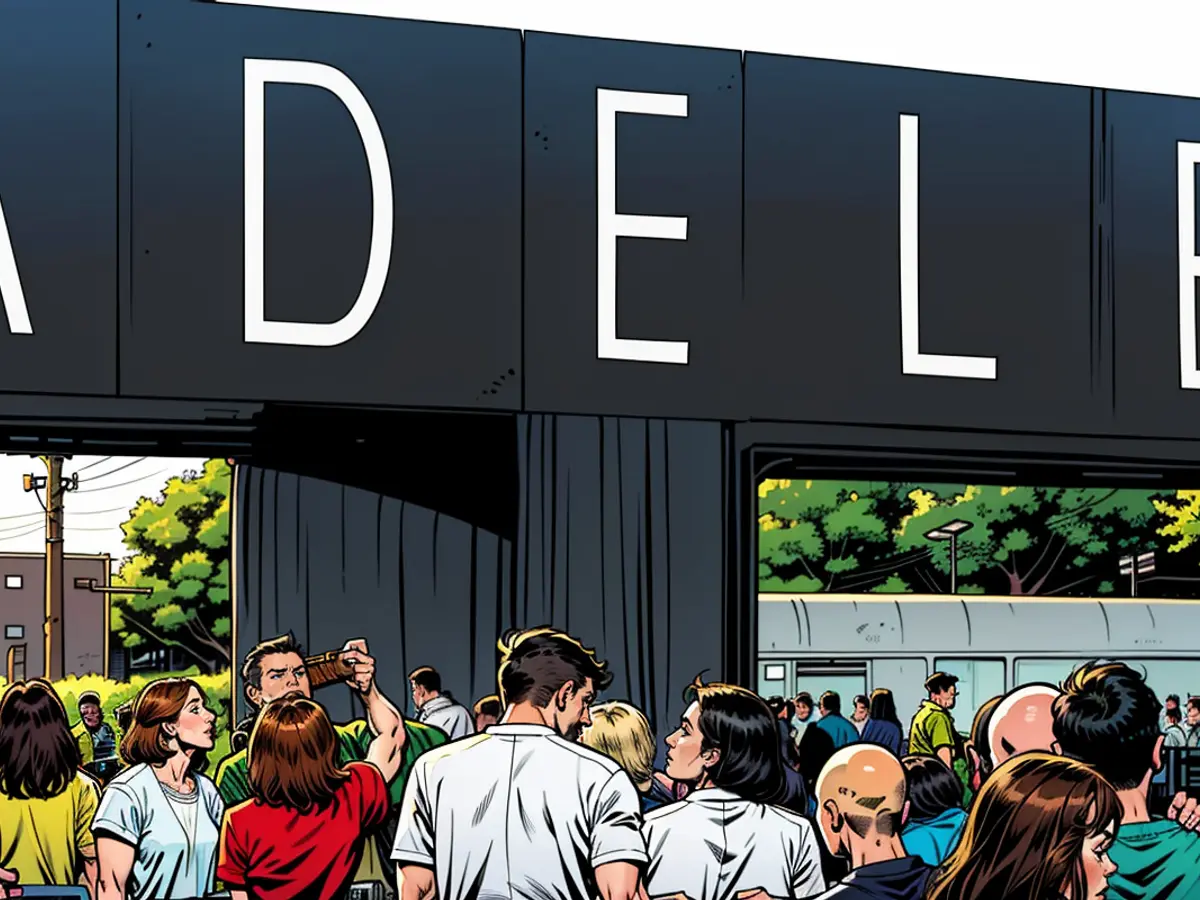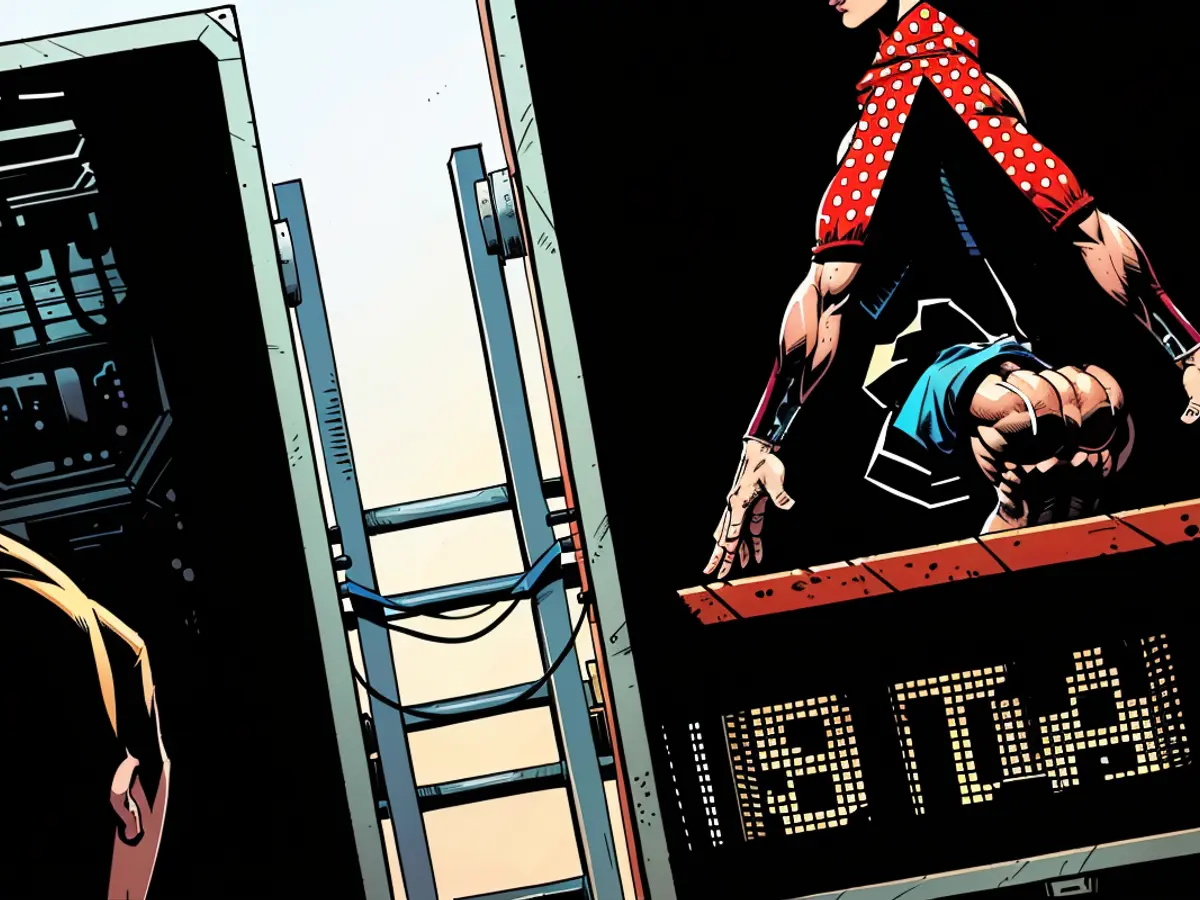The latest TikTok dance trend has roots in Filipino street culture
If you’re up on the latest TikTok dance trends, you may have heard this refrain looped over a wobbly electronic bassline punctuated by high-pitched noises. The disco remix has been used in thousands ofvideos across the platform, many featuring people showcasinga seriesof outfits while lightly swinging their shoulders and feet. Even the Kamala Harris campaign and singer Olivia Rodrigo have gotten in on the fun.

But for those who know the context behind the song, the real emergency is that these users are doing the dance all wrong.
The track from DJ Johnrey, which samples Miami Sound Machine’s “Dr. Beat,” belongs to a Filipino electronic dance music subgenre called budots. And though many users participating in the recent trend are exhibiting subtle, stiff movements, dancing budots involves smoother, more exaggerated motions and getting way lower.
Well before budots became a vehicle to share fashion inspiration, it was a hit dance phenomenon in the Philippines and the stuff of memes and parodies.
Here’s the little-known history behind the genre.
Budots was born out of Filipino street culture
Budots, slang for “slacker” in the Visayan language, is thought to have originated in Davao City on the Philippine island of Mindanao.
It first emerged as a dance and was associated early on with youth drug culture, per Fritz Flores, who wrote an undergraduate thesis on the dance craze. Some scholars have also linked budots dance moves to art forms of the indigenous Badjao people.
Sherwin Calumpang Tuna, known by the moniker DJ Love, is credited with transforming budots into a full-fledged musical genre. While working at an internet cafe in the late aughts, DJ Love — also a choreographer — began producing song and remixes corresponding with the dance seen on Davao City’s streets, as recounted in the short documentary “Budots: The Craze.” He also distanced himself from budots’ early iterations by including the slogan “Yes to dance, no to drugs” in many of his videos.
Like the “Emergency Budots” track that has recently taken off on TikTok, songs of the genre take electronic and house music and layer on boisterous beats and over-the-top sound effects such as vinyl scratches, sirens and whistles. They typically lack a verse or chorus, with vocals instead featuring as repetitive samples throughout the track.
“With 140bpm four-on-the-floor patterns, budots reanimates the corpse of eurodance, albeit stripped of the latter’s melodramatic singing and theatrical piano melodies, and discarding the expressions of emotional vulnerability in favor of obscene jokes and calls for riotous partying,” said writer and musician Dominic Zinampan, while describing the genre in a 2020 essay.
“Pulsating, thumping basslines accent the upbeat while chintzy synths, oft-described onomatopoeically as »tiw-tiw,« reminiscent of rayguns, sirens, and noisemakers, snake through high and low.”
Davao City radio stations were playing budots by 2007, according to Flores’ research, and the genre continued to grow in popularity. In 2008, budots was catapulted to the Philippines’ mainstream after Ruben Gonzaga performed the dance on the reality show “Pinoy Big Brother” (Gonzaga went on to win the season). The Philippines news show “Kapuso Mo, Jessica Soho” covered the phenomenon in 2012.
How the genre became a sensation
Budots was such a phenomenon in the Philippines that even politicians attempted to capitalize on its popularity.
In 2015, while the controversial Rodrigo Duterte — then the mayor of Davao City — was running for president of the Philippines, a video of him dancing budots with a group of teenagers circulated widely online, racking up millions of views and contributing to Duterte’s self-cultivated image as a populist everyman. In 2017, the electronic music collective BuwanBuwan appeared to parody the genre and then-President Duterte by setting clips from his speeches to budots beats.
Former movie star Ramon “Bong” Revilla Jr. also danced to budots in a campaign ad while running for the Philippines’ Senate in 2019.
Budots is now a cultural mainstay in Davao City and the Philippines more broadly. There are countless song and dance compilations of budots remixes on the internet, and budots Christmas remixes can be heard at holiday parties across the country.
“While some use it to get famous because of its virality, I also feel that for these people, this is a kind of identity badge they use to express themselves, and they’re proud of it,” Jay Rosas, the filmmaker behind “Budots: The Craze,” said in a 2019 interview with VICE News. “The fact that it’s even used in Christmas parties and played on the radio means it has achieved a certain level of acceptance as a culture and part of our identity in Davao.”
After years of being overlooked, budots finally appears to be achieving recognition and respect across the dance music industry. Last year, budots pioneer DJ Love played a Boiler Room set — showcasing the genre and its characteristic maximalism on one of the industry’s biggest and most influential platforms.
Though the initial TikTok craze was divorced from the history of budots and its signature dance moves, it also spawned a spinoff trend in which those in the know demonstrated the proper way to dance budots — shining a spotlight on a slice of Filipino culture.
“If you gonna dance it, dance it right baby,” creator John Dela Cruz, known on TikTok as Nurse John, captioned one of his videos.
“you will NOT catch me walking in place,” wrote user Michi Kollette on a video of her rhythmically moving her knees to the beat.
The popularity of budots on TikTok has led to many users attempting to learn the dance, but they often miss out on the genre's smoother, more exaggerated motions and lower stances. The proper dancing of budots involves a distinct style, which sets it apart from the stiff movements seen in the recent TikTok trend.
In the early days of budots, the genre was associated with youth drug culture, but it was actual choreographer and producer DJ Love who distanced it from its negative connotations and transformed it into a full-fledged musical genre by producing song and remixes that corresponded with the dance seen on Davao City's streets.








